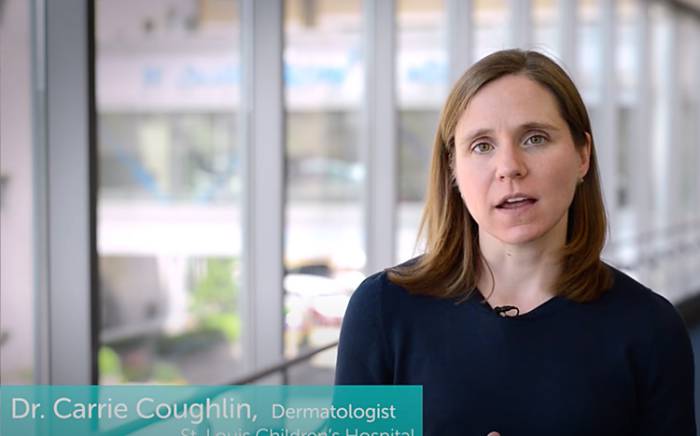The skin contains many tiny hair follicles, or pores. Each pore contains a hair and a multi-lobed gland called a sebaceous gland. Sebaceous glands produce an oily substance called sebum, which normally travels up the pore to lubricate the hair and skin.
Acne develops when a pore becomes clogged with excess sebum and dead skin cells. If the pore is partially clogged but the pathway to the skin's surface remains open, the dark surface of the dried sebum is called a blackhead. However, if the pathway to the skin's surface is blocked, the pore becomes infected and inflamed, resulting in a red, swollen, pus-filled bump called a pimple. Deeper and more serious infections may result in hard nodules under the skin's surface called cysts.
People of any age can experience acne and most people have acne at some time in their lives. Frequently, acne occurs during puberty and in conjunction with a woman's menstrual cycle due to an increase in hormone production.
Acne can most often be managed simply by washing with a mild soap and by using an over-the-counter topical medication. However, if the acne is consistently large and painful, or has produced scars, treatment by a physician may be necessary.






